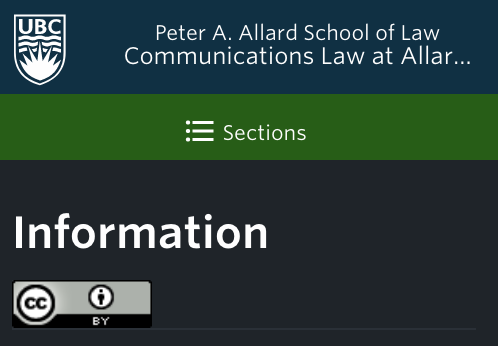If you have been, much like I, keenly awaiting Thomson Reuters v Ross Intelligence’s threequel and have been, much like I, disappointed not to have received such a threequel in time for the exam, this post is for you! No, Ross’s appeal has not been heard, but I don’t come begging completely empty handed; what I offer you instead is an attempt (with all due humility) at reframing and analysing the core debate in the context of Canada’s fair dealing jurisprudence, answering the ultimate question: would Canada have done the same?
By way of brief reminder, the court in Thomson Reuters v Ross Intelligence found Ross had infringed Thomson Reuter’s copyright in 2,243 headnotes used to train its AI search tool. They then evaluated Ross’s fair use defence through the four statutory factors under American Copyright law, concluding Ross’s use did not qualify as fair use.
Canada, as we all well know, has a distinct fair dealing framework: the courts apply a two-stage test, determining firstly if the dealing falls under one of the enumerated purposes in the Copyright Act, and thereafter assessing the fairness of the dealing balancing the six different factors established in CCH Canadian Ltd v Law Society of Upper Canada. By comparison, the categories of qualifying purposes for the first stage of the analysis in the U.S. are merely illustrative rather than determinative or exhaustive, and judges may add new purposes as they see fit. The statutorily entrenched factors also differ to some degree (both in scope and their application by the courts on either side of the border).
Were the action to be commenced in Canada, Ross would likely be able to fit its use of Westlaw’s headnotes into the purpose of research – these categories are, after all, afforded a large and liberal interpretation. Consideration would then move to whether such dealing was fair in the circumstances. Some considerations the Canadian courts may take into account, following dicta from previous cases, are as follows:
- Purpose of the Dealing
Although the use may be considered reasonably necessary to achieve the allowable purpose of research, the commercial nature of the dealing may weigh against a finding of fairness.
- Character of the Dealing
Ross made repeated and extensive copies of the headnotes. However, the fact the copies never reached the public (but are rather used for ‘training’ the AI model) would perhaps weigh in favour of fairness.
- Amount of Dealing
While the copying of 2,243 headnotes appears clearly excessive, SOCAN v Bell emphasised this factor is assessed at an individual level as opposed to an aggregate amount. At an individual level, all that was being copied were the headnotes to cases – which may be considered the minimum reasonably necessary for the purpose of research. Indeed, in CHH – which involved similar legal headnote material – the court found the user’s use to be fair in the circumstances.
- Alternatives to Dealing
It is possible Ross could have pursued its purpose without copying Westlaw’s headnotes (either by producing its own headnotes as opposed to Westlaw’s work or using non-copyrighted equivalents). However, obtaining permission for the huge volume of works typically contained in a dataset may be considered an impossibility with no realistic alternative, weighing in favour of fairness.
- Nature of Work
The headnotes are not strictly private or confidential; they are available to Westlaw viewers at any time. Indeed, whilst coined by Thomson Reuters, they are hardly (in my humble opinion, at least) the most creative piece of copyrighted work to exist (based largely on facts). Given Thomson Reuter’s copyrighted work never reaches the public in its original form, this factor may weigh in favour of fairness.
- Effect of Dealing on Work
This factor is often weighty in the court’s analysis. Given the work reproduced by Ross is likely to compete in a similar market to that of Thomson Reuters, this factor likely weighs against fairness.
However, and overall, balancing all six factors and in an attempt to strike the right balance between users and authors in the age of AI, the fairness analysis, following Canadian jurisprudence, could find Ross’s use to be protected by fair dealing. An alternative analysis, reaching the alternative conclusion, is provided by Fasken here. Watch this space!
 Copyright & Social Media
Copyright & Social Media Communications Law
Communications Law